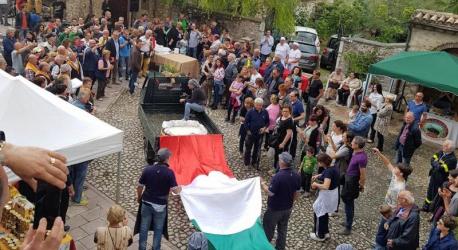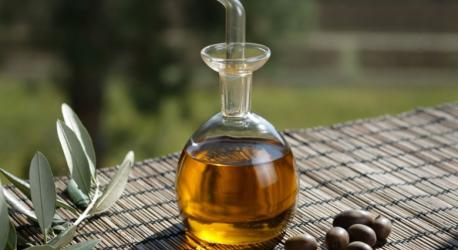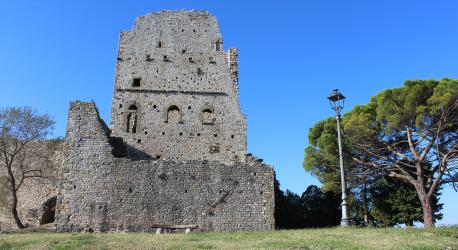With its castle, which stands on top of the hill, Civitella in Val di Chiana represents an identifying and recognizable place in the province of Arezzo. Partly destroyed by an Allied bombing during the Second World War, its fortress is one of the best-preserved testimonies of the Lombard fortifications in central Italy and represents a first invitation to climb up to the ancient village to discover and admire a suggestive panorama of the valley.
Traceable in the current urban layout, the history of Civitella can be found among the cracks in the walls and the battlements of its towers, mingling with the events of the bishops of Arezzo such as Guglielmino degli Ubertini and Guido Tarlati. To discover the elementary beauty of this village, however, it is sufficient to walk along Via Martiri di Civitella, the main road, starting from the castle and reaching the church of Santa Maria.
In addition to the glories of the past, the village is also known for the Civitella massacre, one of the bloodiest civilian massacres in Italian history, which on June 29, 1944, saw the German military carry out a reprisal in which 244 people lost their lives. In memory of this tragedy, Civitella in Val di Chiana received the gold medal for civil valor in 1963, with the following motivation: "it endured with stoic courage the cruel reprisal of the invading enemy, suffering the almost total destruction of houses and the sacrifice of one hundred and fifty of his children, never bending in faith in a better Italy ”.
An elevated part of a territory, which develops mainly in a large flat area, the village of Civitella is at the center of a territory where some of the most populated towns of the valley arise, such as Badia al Pino, where the municipal seat was transferred in 1917. This is also an intensely cultivated rural area, where it is possible to find endless expanses of olive trees and vineyards: the symbol of a Valdichiana that proudly maintains its agricultural traditions.

Tradition, taste and artisanship are at home at the Cheese Market (“Mercato del Cacio”) of Civitella, a day that allows curious, tourists and professionals to meet the small producers of the dairy sector. Every May, the streets of the village are filled with stands and stalls where you can taste pecorino and goat cheeses produced in Val di Chiana or from the rest of Italy.

A rich summer program of events accompanies Civitella in the hottest months of the year: a varied program that ranges from theater to art without forgetting cinema and music. "Summer nights and notes" is in fact a pleasant container of events capable of enhancing every corner of the municipal area of Civitella, from Badia al Pino to Oliveto, passing through Tegoleto and Ciggiano.

Talking about Civitella without mentioning its rich production of extra virgin olive oil is an almost impossible undertaking. Every December, therefore, "L'Olio Novo" (the earliest vintage oil pressed during the first two days of the harvest) goes on stage, an event organized in collaboration with the Slow Food Presidium of Valdichiana, which allows you to savor all the taste of the evo, the main ingredient of bruschetta and product of excellence of the territory.
Walking along via Martiri di Civitella is like taking a dip in the past. Connecting Piazza Becattini and Piazza Don Alcide Lazzeri, the street allows you to discover and admire the most important buildings of the village: from the castle walls to the praetorian palace, from Palazzo Becattini to Palazzo Ninci passing through the ancient cistern, the Loggia of the art gallery and the church of Santa Maria.

Built on a pre-existing settlement of the Etruscan-Roman era and already exploited by the Lombards for the control of the territory, the fortress of Civitella assumes the appearance of a palace-tower in 1182 and then became the residence of the bishop of Arezzo Guglielmino degli Ubertini, who enriched it of the courtyard in front and of the walls. Damaged by the German reprisal of 1944, the castle stills retains all its ancient charm, also due to the presence of its imposing bulwarks, visible from the modern ring road.
Of Romanesque style, the one dedicated to Santa Maria Assunta is the most important church in Civitella in Valdichiana. Started in the year 1000 and completed in 1252, the building retains all its elementary beauty. In fact, the simple stone facade is embellished by the presence of a bronze portal, the work of the Florentine artist Bino Bini, and the large twentieth-century stained glass windows made by contemporary artists.
TheAssociated paths of CIVITELLA IN VALDICHIANA






